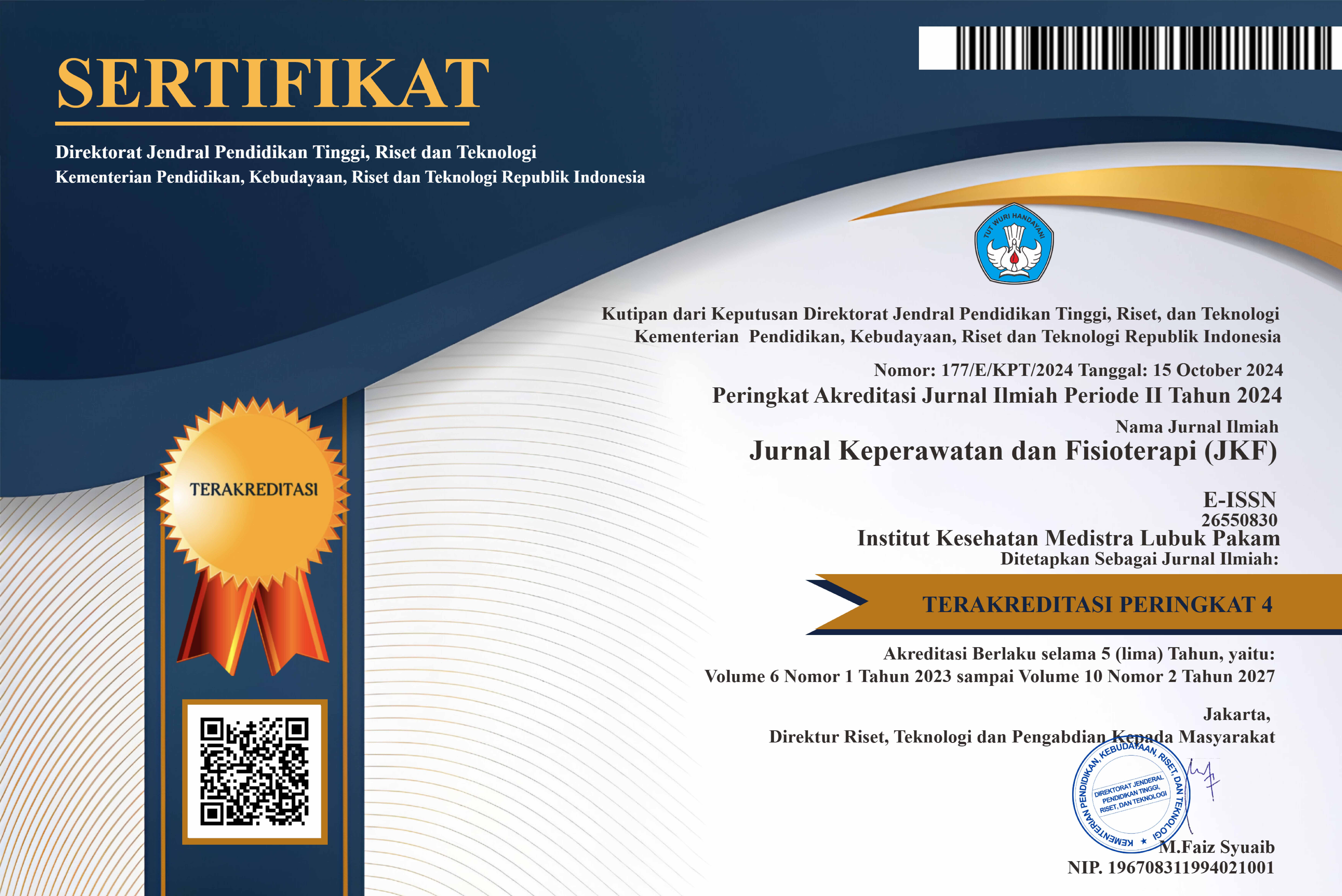HUBUNGAN POLA MAKAN DENGAN KEJADIAN DISPEPSIA
DOI:
https://doi.org/10.35451/jkf.v2i1.282Keywords:
Dietary Habit, Incidence of DyspepsiaAbstract
In the life of the general public, dyspepsia is often equated with heartburn, because there are similarities in symptoms between the two. This assumption is actually not quite right, because the word ulcer comes from Dutch, which means stomach, while the word dyspepsia comes from Greek, which consists of two words namely "dys" which means bad and "peptei" which means digestion. So dyspepsia means poor digestion. This type of research is descriptive correlational using cross sectional approach. This research was conducted in the working area of ​​the Biak Muli Health Center, Bambel District, Southeast Aceh Regency. in determining the sample the author uses accidental sampling technique that is taking samples that happen to come when researchers conduct data collection. During the research process, 31 samples were obtained. The results of the analysis of the results of data analysis using the chi-square test (x²) at a significance of 95% (α 0.05) with the help of SPSS, the Pearson chi-square sig value was obtained. is equal to p = 0.008. This test can be seen that the p value (0.008) obtained is smaller than α (0.05). then it can be seen that there is a relationship between eating patterns with the incidence of dyspepsia in the work area of ​​Biak Muli Health Center, Bambel District, Southeast Aceh Regency in 2019. For health services to prioritize health education programs for rural communities with material about eating patterns and dyspeptic events.
Keywords : Dietary Habit, Incidence of Dyspepsia
Downloads
Downloads
Published
Issue
Section
License
Copyright in each article is the property of the Author.


























